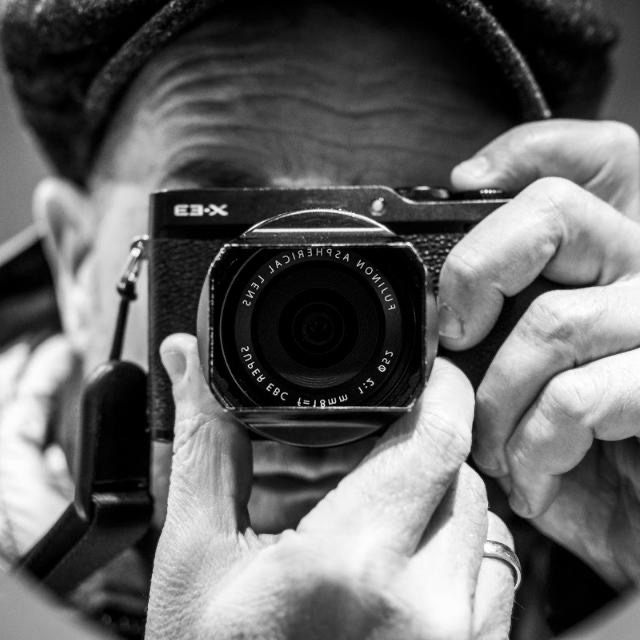Taking it slow and embracing the grain.
I have one already, but I’m still waiting for another roll of 36 shots to come back from the developers. Taken throughout the past 4 or 5 weeks, those images will determine the overall success of my recent experimentation into ‘analogue April’ around Venice. But despite the results, success has been achieved to a degree in that I have persevered, and overcome many of the frustrations and limitations of using film. The slowed down approach and the switch to predominately analogue has certainly been interesting in reassessing my approach and subject matter, and a pause on instagram posting and subsequent doom scrolling has been welcoming. It has also highlighted the banality of the majority of content that is out there on social media, with very little in way of originality, purpose or interesting narrative. I feel like using instagram is no longer a priority for me.

Initially, when shooting with film I tried to emulate what I was shooting on the iPhone. That is not always possible, and so the results are mixed, but the limitations of the film approach can add it's own character to the image.

In addition to shooting with film, I have been experimenting with ways to scan negatives effectively and have been working on a method using a Fujifilm XT5 mounted with a Pentax 28mm manual lens combined with a macro adapter. It seems a good setup, but maintaining focus and stability are the key elements for achieving a good exposure; so it is time-consuming to ensure there is no movement; but the pure experimentation, invention and subsequent creativity involved is rewarding and allows my old back catalogue of negatives to be accessed and replicated in digital form for the first time. It is also interesting to see in hindsight, that virtually all my pre-digital subject matter was nature and landscape. My journey into street and urban photography started exactly with the onset of digital, no doubt given the greater degree of experimentation. But ironically all my inspiration in that genre was (and still is) what has been shot on film, so it seems logical and natural that is the style I seek when shooting digital and to be pulled back into using film from time to time.
For me, film lends itself naturally to more static subject matter, and it is not always practical to simply shoot on film what I would have done on digital. The two media require diverse subjects and photographic styles, but neither should be considered superior than the other; just different.

It will be interesting to see the other frames as they become developed and scanned. In any case, moving forward, the Olympus film compact is likely to stay in the pocket and may replace (to a certain extent) the iPhone in more contemplative moments. However, the latter is obviously a more versatile tool and pushing the boundaries of what that is capable of is also something that I wish to explore.

Inspiration this month has largely come from the analogue and film sector. I have also continued my interest into the work of Lee Miller, not only regarding her photographic output, but also her attitude to photography and life in general. Completion of her biography: 'The Lives of Lee Miller' by Anthony Penrose, has also catapulted my reading into exploring the life and times Robert Capa, and the compelling account 'Blood and Champagne' by Alex Kershaw: https://g.co/kgs/zuoc1ze
I have also discovered the work of Mimmo Jodice - a photographer born in 1930s Naples, who has used film photography and the ‘enigmatic qualities of light’ as his artistic pallet, touching on a range of subject matter from abstract, still life, social documentary, city scapes to natural environments. Check out his work here: https://www.mimmojodice.it/en/
Additional inspiration has come from watching Pink Floyd live in Pompeii. Originally filmed in 1972, but re-released in 2025, the analogue textures of the images were refreshing to see in our hyper-super-ultra-high-definition world; but musically it also highlighted the need (and perhaps the lost ability) to seek creativity through experimentation.
It seems that to produce results, we need to constantly fail. The greater the failure, the more likely success will materialise. At least, that's the theory!
AP.

































